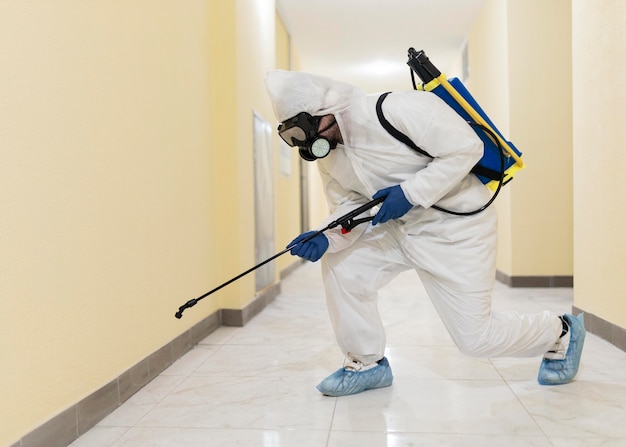
Effective Backyard Flea Treatment Tips for Controlling Fleas in Your Home
Fleas can be a persistent problem for homeowners, particularly those with pets. These tiny pests not only cause discomfort to animals but can also infest living spaces, leading to irritation for humans as well. Effective flea control begins in the backyard, where fleas often thrive. Implementing a strategic approach to managing fleas outdoors can significantly reduce their presence indoors. This article provides detailed tips and techniques for effective backyard flea treatment to help maintain a flea-free environment in your home.
Understanding the Flea Life Cycle
To effectively combat fleas, it is crucial to understand their life cycle. Fleas progress through four stages: egg, larva, pupa, and adult. Interrupting this cycle at any stage can help control the population in your yard.
- Eggs: Flea eggs are typically laid on pets but often fall off into the yard, where they hatch.
- Larvae: These feed on organic matter in the soil, making shaded areas prime breeding grounds.
- Pupae: In this stage, fleas are encased in a protective cocoon, making them resilient to many treatments.
- Adults: Adult fleas emerge from pupae and seek out hosts to feed and reproduce.
Yard Maintenance Practices
Regular maintenance of your yard can discourage flea populations. Here are some practices to consider:
- Mowing: Keep grass short to minimize flea breeding grounds.
- Pruning: Regular trimming of bushes and shrubs reduces shaded, damp areas where fleas thrive.
- Raking: Remove fallen leaves and other organic debris that can harbor flea larvae.
Natural Flea Control Methods
For those seeking non-chemical options, several natural solutions can help reduce flea populations.
- Diatomaceous Earth: This powdery substance can be sprinkled in areas where fleas are suspected. It dehydrates and kills fleas upon contact.
- Nematodes: These microscopic worms can be applied to the soil to prey on flea larvae. Explore further insights here.
- Essential Oils: Certain oils, such as cedarwood and lavender, can deter fleas when diluted and sprayed in the yard.
Chemical Treatments
If natural methods are insufficient, chemical treatments may be necessary. It is important to choose the right product and apply it correctly.
- Pesticides: Select pesticides specifically formulated for flea control. Follow the manufacturer’s instructions for safe and effective use.
- Insect Growth Regulators (IGRs): These products disrupt the flea life cycle by preventing larvae from maturing into adults. Learn more in this detailed guide.
Preventive Measures
Prevention is key to maintaining a flea-free environment. Consider these preventive strategies:
- Regular Pet Maintenance: Keep pets treated with veterinarian-recommended flea preventatives.
- Limit Wildlife: Minimize the presence of wildlife in your yard, as they can carry fleas. Read more about this topic.
- Barrier Creation: Install barriers to prevent pets from accessing infested areas.
Monitoring and Follow-up
Ongoing monitoring and follow-up treatments are essential for effective flea control. Periodically check for signs of fleas and reapply treatments as necessary. Find additional information here.